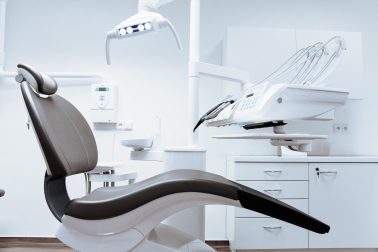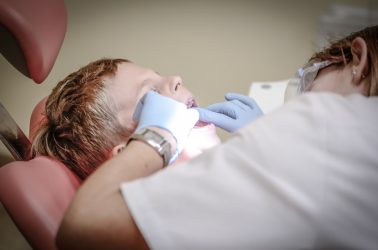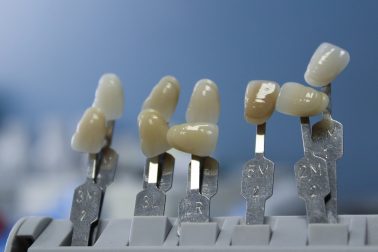Using lasers in dentistry has become increasingly popular in recent years, providing numerous benefits for patients. Lasers can be used to perform a wide variety of dental procedures, including fillings, canal sterilization, tooth whitening, gum reshaping, and many more.
One of the major benefits of using lasers over traditional methods is that they cause less discomfort to the patient. The laser beam is able to target only a specific area, without affecting surrounding tissues or causing pain.
Furthermore, lasers offer great precision when performing delicate tasks, such as cleaning dental caries or reshaping gums. Another advantage of lasers is that they are more hygienic, from an efficiency standpoint, than traditional tools. Since the laser beam operates by destroying bacteria, it significantly reduces the risk of cross-contamination between patients, ensuring a much higher standard of sterilization in dental clinics.
Ultimately, using lasers for dental procedures has proven to save time for both dentists and patients, eliminating much of the preparatory work usually required before treatment and shortening treatment durations by omitting certain steps through concurrent sterilization with the procedure itself. Quick and precise results, obviously, mean that recovery time and inflammatory manifestations are minimized, enhancing overall patient satisfaction.
Considering these benefits, it is easy to understand why laser dentistry has become so popular.



